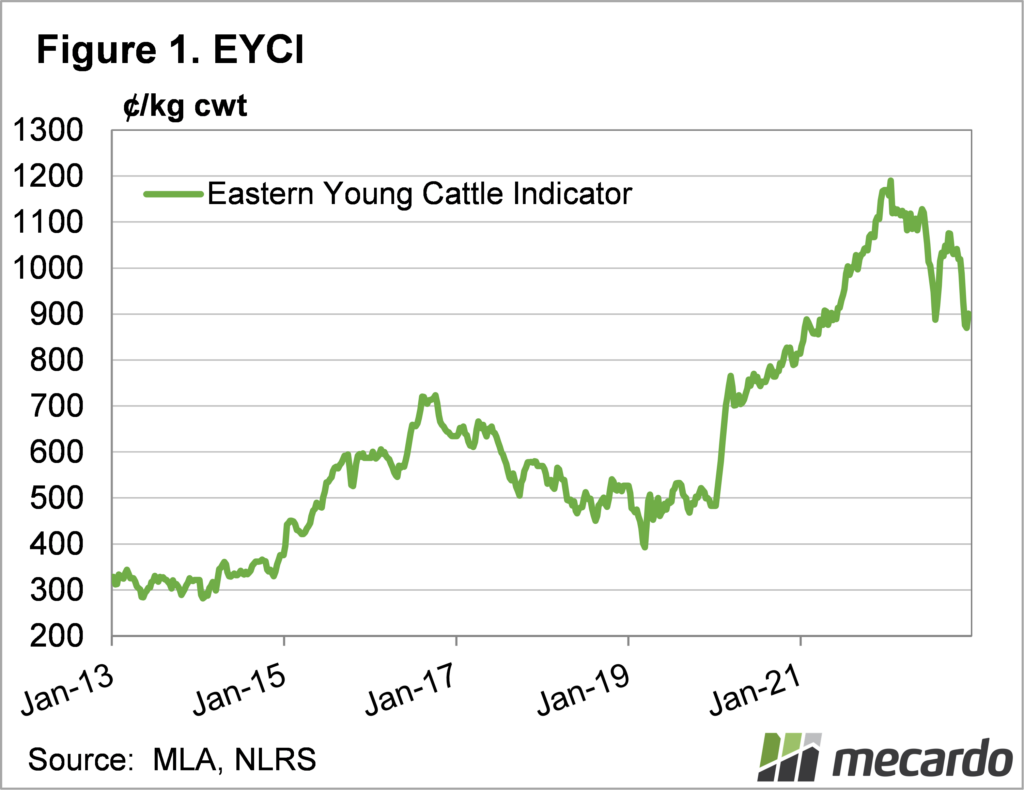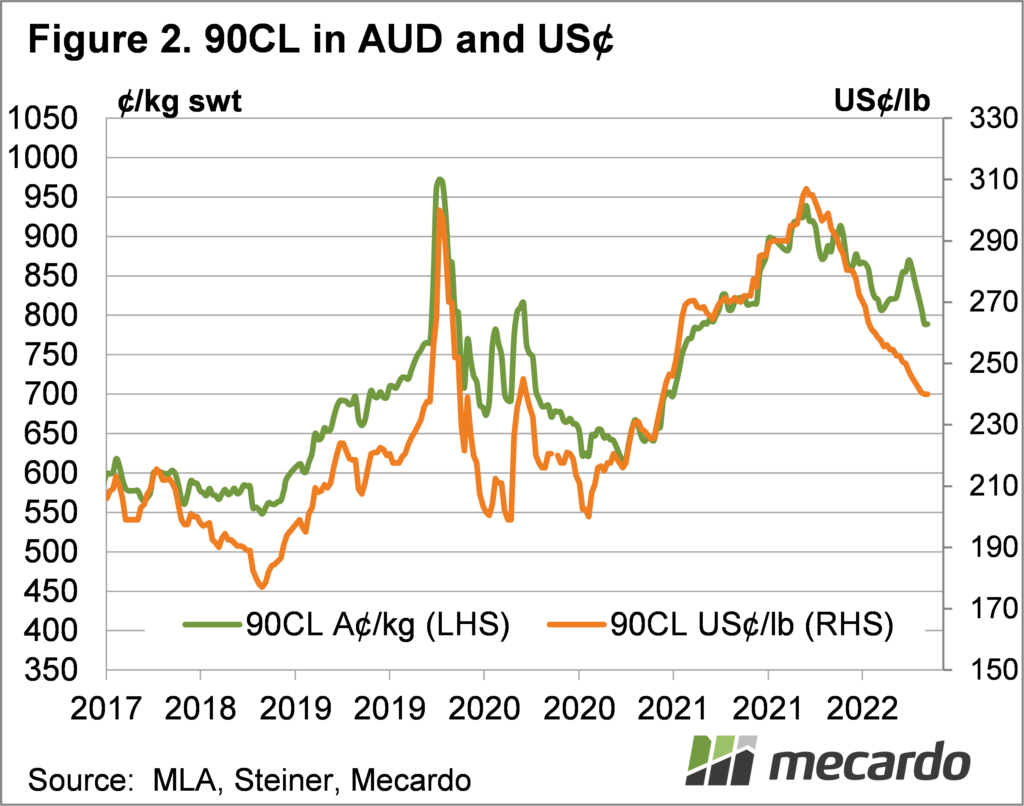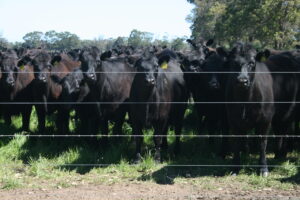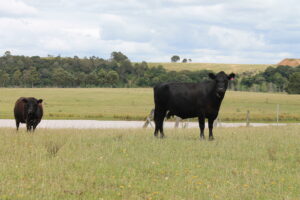The end of the selling year is nigh, and the cattle market has managed to halt it’s spiral lower and gained some ground to look like closing out the year above 900¢. Here we take a look at lessons we can learn from 2022, and look forward to 2023.
Volatile is a good way to describe cattle prices in 2022. Over the course of the year the Eastern Young Cattle Indicator (EYCI) had three price swings of over 250¢/kg cwt, or 25%. After falling in July on the back of Foot and Mouth Disease concerns, the rebound was almost as sharp.
Floods impacting demand, and supply increases which have been coming for a while seem to have driven the latest fall, with the bounce this week relatively benign. We say benign, but market moves of 50¢ used to be a huge deal.
Figure 1 shows that after a promising start, the EYCI downtrend began at the start of the year. Tight supply and a falling Aussie dollar provided some support, but the two sharp declines show what will happen when restocker demand returns to normal.
From charting perspective a top of 900¢ for 2023 looks about right. The market took a while to break through 900 back in 2021, and has really never spent much time between 900 and 1000¢.
There is little doubt the market is in a downtrend. The setting of a lower low last week, following a lower high back in September is a good indicator the market is heading lower.
Additionally it seems that the world beef demand is also trending lower. After reaching a post Covid peak back in March, US beef prices, as shown by the 90CL indicator in figure 2, started a downward trend that is yet to break.
Fortunately for us, the lower prices in the US have been cushioned by the falling Aussie dollar. The good news is the 90CL doesn’t appear to have a lot more downside, and a US herd rebuild is apparently imminent. Both positive for our cattle prices finding support.
What does it mean?
Cattle prices haven’t reached their low yet. It might take a while, but it wouldn’t be surprising to see the EYCI head towards 750¢ by autumn 2023. By recent standards a fall of this magnitude could take just a month!
We should know by mid January where the market is headed, as the direction it starts in, is generally the direction it takes for the year. The size of the move is the unknown, and obviously governed by the season.
Have any questions or comments?
Key Points
- Cattle markets entered a downward trend in 2022, with massive volatility
- With weaker export prices and stronger supply around 900¢ looks set to be the high for 2023
- The EYCI could be as low as 750¢ by the autumn, but plenty depends on the season
Click on figure to expand
Click on figure to expand
Data sources: MLA, Refinitiv, Steiner Consulting














